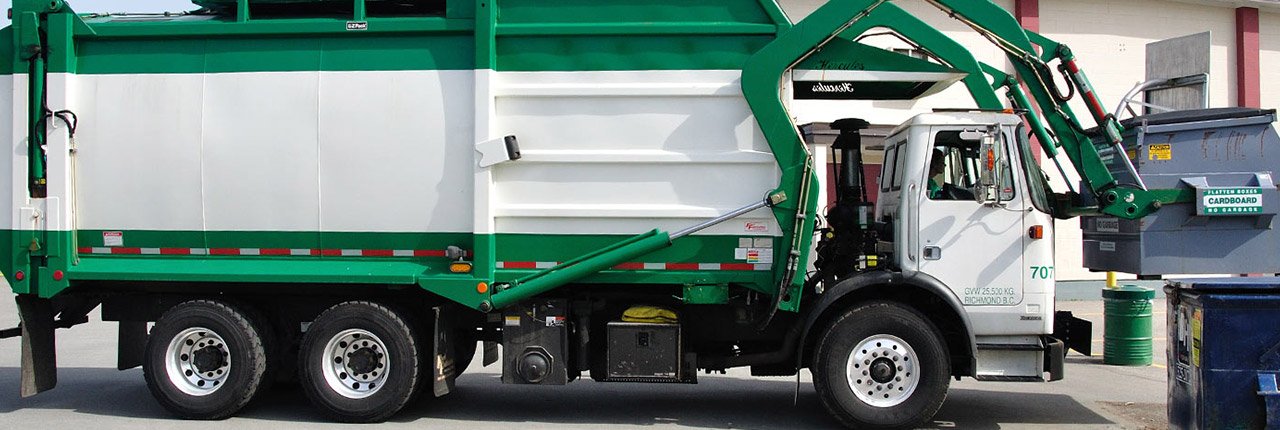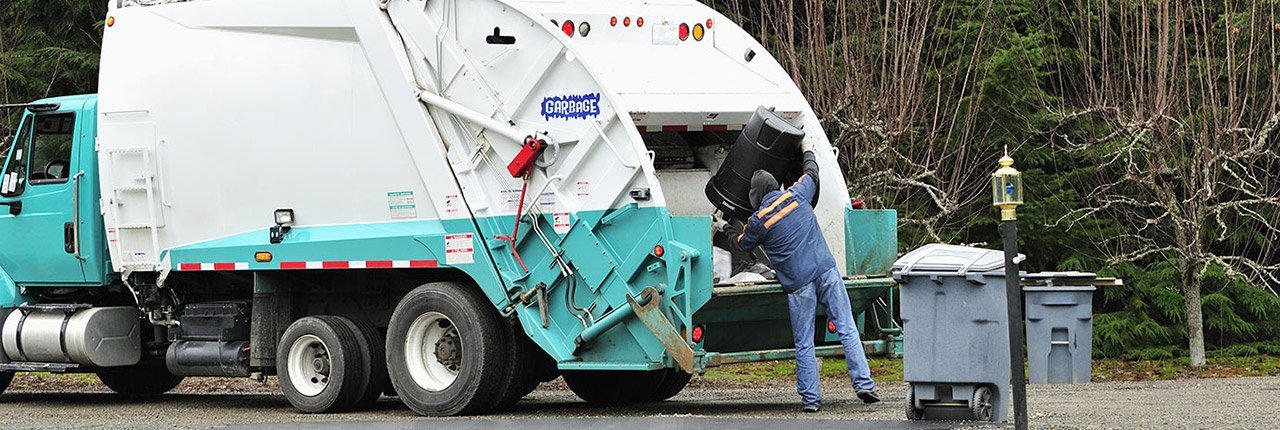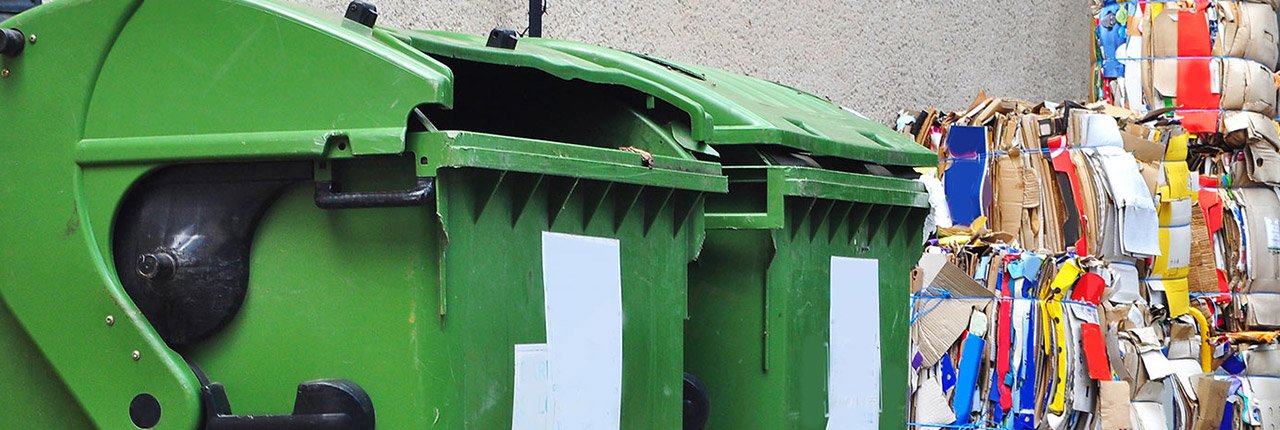Exploring Solutions to Halt Microplastic Pollution
Posted on 11/09/2025
Exploring Solutions to Halt Microplastic Pollution
Microplastic pollution has emerged as a pressing environmental concern, permeating waterways, soil, air, and even the food chain. The proliferation of these tiny plastic particles is not just an environmental crisis, but also a significant threat to human health. As awareness of their dangers grows, the search for effective strategies to stop microplastic pollution has become more urgent than ever.
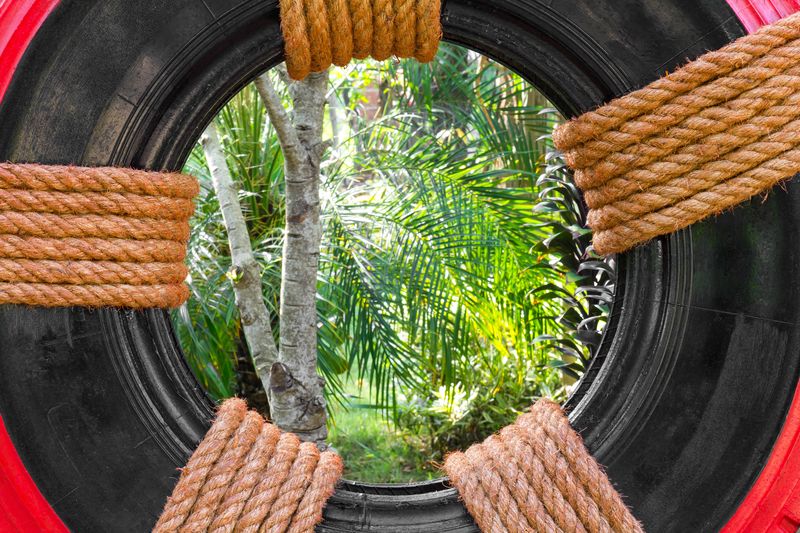
Understanding Microplastics: The Hidden Threat
Microplastics are generally defined as plastic particles less than five millimeters in diameter. They originate from various sources, including the degradation of larger plastic debris, manufactured microbeads in personal care products, synthetic clothing fibers, and tire wear. These persistent pollutants infiltrate marine ecosystems, freshwater sources, and even our atmosphere, posing severe risks to wildlife and, ultimately, humans.
- Primary microplastics - Intentionally manufactured small plastics, such as microbeads found in cosmetics and cleaning agents.
- Secondary microplastics - Result from the breakdown of larger plastic waste due to UV exposure, weathering, and abrasion.
Microplastics, due to their small size and buoyancy, are easily transported throughout the environment. This makes their removal and containment a complex challenge. The need to discover sustainable solutions to prevent and halt microplastic pollution is therefore paramount.
The Adverse Impacts of Microplastic Pollution
Environmental Effects
Microplastic contamination affects every corner of the globe - from the deepest ocean trenches to the highest mountain peaks. The environmental ramifications are far-reaching:
- *Aquatic Life: Fish, mollusks, and marine mammals ingest microplastics, mistaking them for food, leading to malnutrition, reproductive issues, and mortality.
- *Soil Quality: Microplastics alter soil structure, affecting agricultural productivity and soil biodiversity.
- *Ecosystem Health: Persistent plastics disrupt food webs and interfere with ecosystem services.
Human Health Concerns
Emerging scientific evidence suggests that microplastics may harbor hazardous chemicals, pathogens, and toxins, which can enter the human body through seafood consumption, contaminated water, or even inhalation from the air. The long-term health effects are still being uncovered, but early studies indicate potential risks ranging from hormonal disruption to increased cancer risk. This underlines why finding solutions to microplastic pollution is no longer optional but critical.
Comprehensive Solutions to Halt Microplastic Pollution
Effectively addressing the microplastic crisis requires an integrated approach involving governments, industries, researchers, and everyday citizens. Below, we explore the most promising strategies to mitigate microplastic pollution at the source, during production, and after contamination has occurred.
1. Policy and Regulatory Actions
- Banning Microbeads & Restricting Single-Use Plastics: Many nations have enacted legislation to prohibit the manufacture and sale of microbead-laden products and to restrict disposable plastics.
- Standardizing Plastic Degradation: Implementing guidelines for plastics' environmental safety, ensuring products degrade safely without fragmenting into microplastics.
- Enforcing Industrial Discharge Limits: Strictly regulating wastewater and stormwater runoff from industries known to release microplastics.
- International Collaboration: Global treaties and agreements - such as the Basel Convention - are essential to manage transboundary plastic waste and promote coordinated action.
2. Technological Innovations
- Advanced Filtration in Wastewater Treatment Plants: Upgrading treatment facilities with ultrafiltration membranes or biofilters to capture microplastics before water is released into rivers and oceans.
- Innovative Cleanup Devices: Technologies such as the Seabin, Bubble Barrier, and trash-collecting drones offer promising ways to remove floating plastics from waterways.
- Textile Improvements: Developing synthetic fibers that are less prone to shedding, and incorporating washing machine filters to trap microfibers during laundry cycles.
- Biodegradable Alternatives: Creating new materials that naturally decompose without leaving persistent microplastic residues.
3. Shifting Towards a Circular Economy
- Eco-Design and Reusability: Product manufacturers can play a key role by designing items for durability, reusability, and minimal plastic content.
- Improving Recycling Processes: Modernizing recycling methods to efficiently sort and process plastics, preventing leakage into the environment.
- Producer Responsibility: Extended producer responsibility (EPR) schemes require manufacturers to bear financial and logistical responsibility for end-of-life product management.
4. Responsible Consumer Behaviors
- Reducing Plastic Use: Embracing reusable bags, bottles, and containers significantly cuts microplastic release.
- Smart Shopping Choices: Opting for natural-fiber clothing and plastic-free personal care products diminishes your microplastic footprint.
- Laundering Practices: Using washing machine filters, washing clothes less frequently, or using special laundry bags can minimize microfiber release.
5. Public Awareness and Education
- Informing Citizens: Outreach campaigns and school programs can educate people about the sources and impacts of microplastics.
- Community Clean-Ups: Organizing shoreline and riverbank clean-up events reduces plastic debris, which can ultimately fragment into microplastics.
6. Cutting-Edge Research and Monitoring
- Scientific Studies: Investing in research to understand microplastics' pathways, persistence, and toxicity is vital for developing evidence-based policies.
- Monitoring Networks: Setting up environmental monitoring stations enables real-time tracking of microplastic concentrations in water, air, and soil.
- Innovation Hubs: Universities and startups are driving the next generation of solutions, from plastic-eating bacteria to new polymer chemistries.
Case Studies: Success Stories in Tackling Microplastic Pollution
The United Kingdom's Microbead Ban
In 2018, the UK implemented one of the world's strictest bans on microbeads in rinse-off cosmetics and personal care products. This decisive move eliminated countless tonnes of microplastics from water systems, demonstrating the powerful impact of targeted legislation.
Netherlands' Bubble Barrier
The Bubble Barrier, developed in Amsterdam, uses a curtain of rising bubbles to direct floating plastics to a catchment system without hindering boat traffic. Since its installation, the system has successfully captured tons of small plastic particles from city canals, proving the effectiveness of innovative engineering in combating microplastics.
NGO-Led Beach Cleanups in Asia
In some of Asia's most affected coastlines, environmental organizations have mobilized thousands of volunteers for beach cleanups, working in tandem with local governments and schools. These initiatives have removed visible plastic waste, raised public awareness, and slowed the creation of secondary microplastics.
Challenges in Stopping Microplastic Pollution
While progress has been made, unique obstacles persist in the fight against microplastic pollution:
- Detection Difficulty: Microplastics are hard to detect and remove, especially the smallest nanoplastics that pass through most filtration systems.
- Regulatory Gaps: Lack of standardized global regulations enables uneven progress and cross-border pollution.
- Economic Constraints: Implementing advanced filtration and eco-friendly product design can be costly for industries and municipalities in low-income regions.
- Consumer Habits: Changing deep-rooted consumption and disposal patterns remains a slow process.
Tackling these issues requires international coordination, sustained investment, and a relentless commitment to solving the microplastic problem.
Innovations on the Horizon: The Future of Microplastic Solutions
- Green Chemistry: Researchers are developing plastics from bio-based polymers that naturally break down without creating microplastic fragments.
- Microplastic Capture Technologies: New filtration media, adhesive gels, and electrostatic traps aim to capture even the tiniest plastic particles from water and air.
- Plastic-Eating Microorganisms: Investigations into bacteria and fungi capable of degrading plastics at the molecular level offer promising, albeit early-stage, solutions.
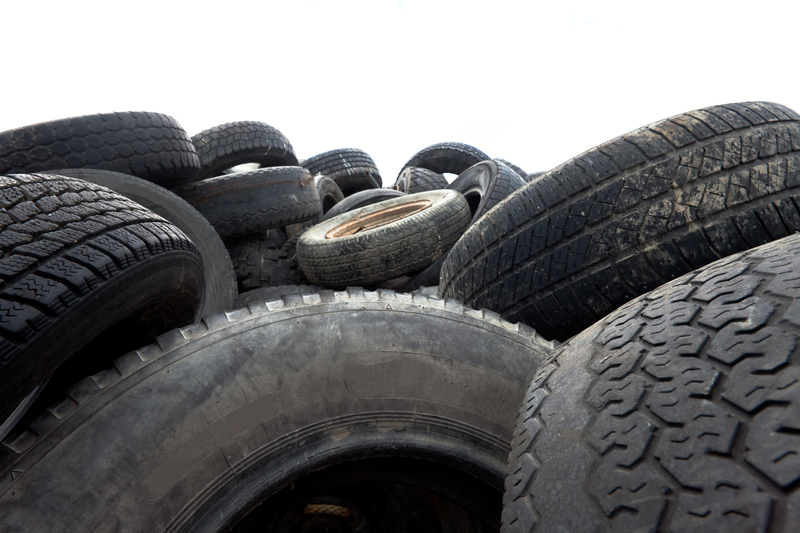
What Can You Do? A Practical Guide to Reducing Microplastic Pollution
- Limit Disposable Plastic Use: Always opt for reusable or compostable alternatives and encourage others to do the same.
- Choose Sustainable Products: Select natural-fiber clothing and personal care products labeled as microplastic-free.
- Ask for Action: Support local and national policies aimed at banning microplastics and improving waste management.
- Participate in Cleanups: Volunteer for community initiatives to remove plastic waste from nature before it becomes microplastic pollution.
- Spread Awareness: Share information with friends, family, and online communities to expand the impact of education and advocacy.
Conclusion: Stopping Microplastic Pollution for a Healthier Planet
*Microplastic pollution is a global problem that demands a comprehensive, multi-level approach.* By combining government action, innovative technologies, responsible manufacturing, conscious consumerism, research, and education, we can make significant strides towards halting the spread of microplastics. Every stakeholder - from policymakers to individuals - plays a vital role in this effort.
Building a future free from microplastic pollution will require persistence, innovation, and collaboration equaled only by the scale of the problem itself. By making informed choices, supporting sustainable policies, and embracing technological innovation, we can protect our planet's ecosystems and ensure a healthier tomorrow for all living beings. Let's act now to eradicate microplastic pollution and restore nature's balance.





